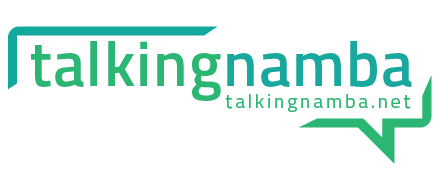Where are they now?
Reads, compares, orders and locates to 99
Where to next?
Reads, compares and orders numbers to 999
Purpose
Understanding about the size of numbers, and how this relates to their order and their ‘distance’ from other numbers, gives students the ability to work with numbers more meaningfully and helps students to build skills such as estimation.
Activities and Assessments (designed to move students from step 5, through step 6 to step 7)
The Sequencing Game – Advanced variation
Focus: Students make and name three-digit numbers by spinning spinners and/or drawing cards. In this game, sequencing is directly built into the game design. Students must carefully consider the implications of place value when they arrange their three digits to make a number and, connected with this, they must be mindful of where they place their number on the board as numbers must follow an order from smallest to largest between the 0 and the 1000. Accordingly, students should be encouraged to initially place the smaller numbers towards the zero and the larger numbers towards the 1000 to give themselves the best chance of fitting in subsequent numbers.
How:Students are each given a Sequencing Game board, either laminated (using a white-board marker to write) or just as a printed sheet (using a pencil). The game is best played in pairs or at most in groups of three. Students take turns in spinning three spinners (or drawing three cards) which give the digits from which the students make a three digit number, name it, and write it in one of the squares on the game board. On subsequent turns, each student must try to make a number that can be placed on the board, considering that the numbers must be ordered according to size, between the 0 and the 100. If a student cannot place a number without disrupting the order of smaller to larger, they must miss a turn. The first student to fill all of the squares on their board is the winner.
Questions to ask students during this activity: “Which number will you make the 10s digit?“, “Should your number be more than half way or less than half way?”, “Which number is half way between zero and one thousand?”, “Should it be closer to the end or to the middle?”
Muddle in the Middle
Focus: The purpose of this activity is for students to concentrate on the relative size of a variety of three digit numbers. They should begin to realise the role the place value of the digits plays in these comparisons – for example that the first digit is usually critical unless it is the same as that on the numeral being compared, in which case the second digit becomes critical and so on.
How: This game is played in small groups of 2 to 4 players. A 0 – 9 spinner is spun three times, with each digit being written in the order in which it appears to create a random three-digit number. This process is repeated to create a second three-digit number. Students take turns to draw three cards from either a deck of cards with the picture cards removed, or a similar deck of numeral cards. They then try to arrange the three cards to make and name as many three digit numbers as possible, that have a value between that of the two numbers created by the spinners. The group must agree that that each number offered is actually valid – that is, it falls between the two ‘spinner’ numbers. One point is awarded for each correct number made, then the cards are returned to the pack and the next student begins their turn. After each round of turns, the spinners are spun again to make a new pair of three digit numbers. The winner is the student who has the highest score after three rounds.
Highest Number (three digit)
Focus: Building an understanding that the position of a digit in a three-digit number determines the digit’s value.
How: Students are given nine playing cards, A – 9 or numeral cards 1 – 9, and a Tens and Ones table. They take turns spinning a 1-9 spinner. They then take a card corresponding to the number spun and place it on either the hundreds, tens or the ones column on their chart. If they spin the same number on their second turn, they are asked to spin again. After three rounds, each student should have a three digit number. The students who has the highest number wins. It is important to get the students’ views on who has the highest number and why. It is also useful to discuss strategy with the students, for example if they spun an eight on the first spin, would it be best to place the card be placed in the tens or ones column?
Variation : Once they have spun the spinner, students are allowed to put their corresponding card on anyone’s sheet in any unused column, not just their own.
Renaming Game (two digit)
Focus: Building an understanding that the position of a digit in a two-digit number determines the digit’s value, and that a number can be expressed as a collection of ‘ones’ or as a collection of place value groups. For example, the number 67 can be seen as 67 ‘ones’ or as 6 ‘tens’ and 7 ‘ones’. Making this knowledge explicit to children can helps them to use numbers more flexibly, such as when developing stragegies for adding and subtracting for instance.
Links
References to Other Resources
